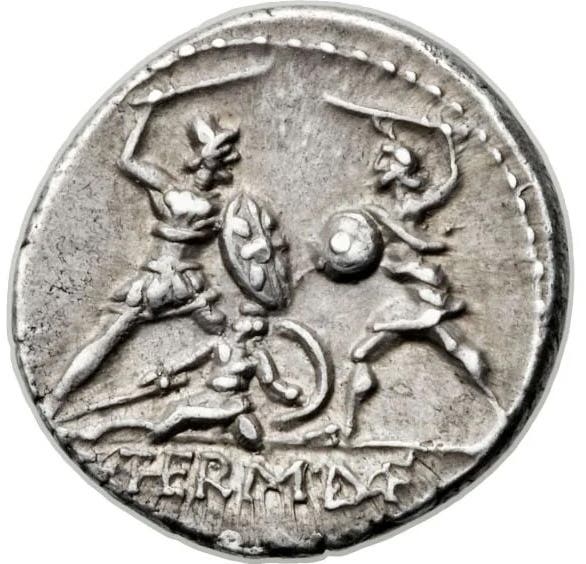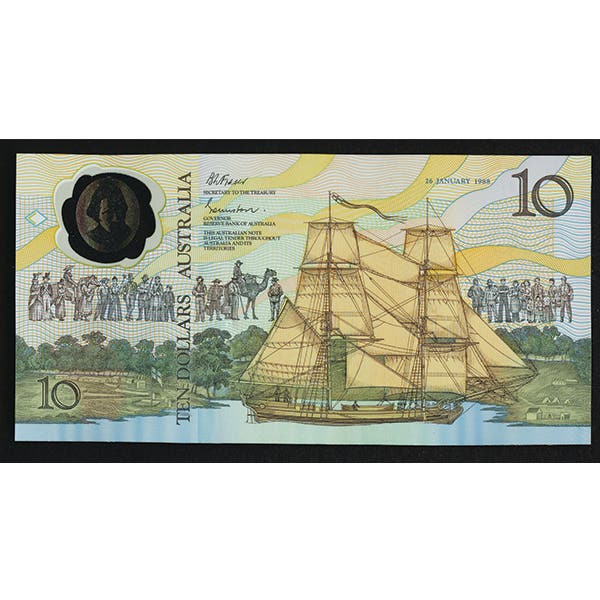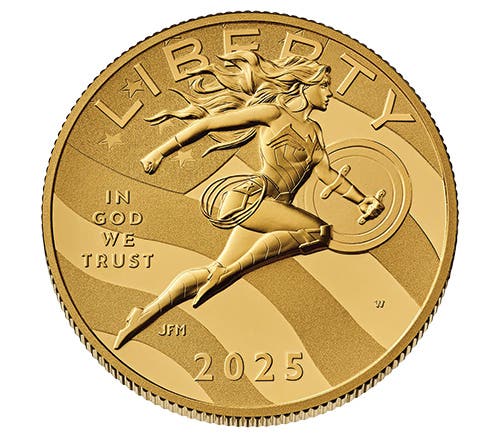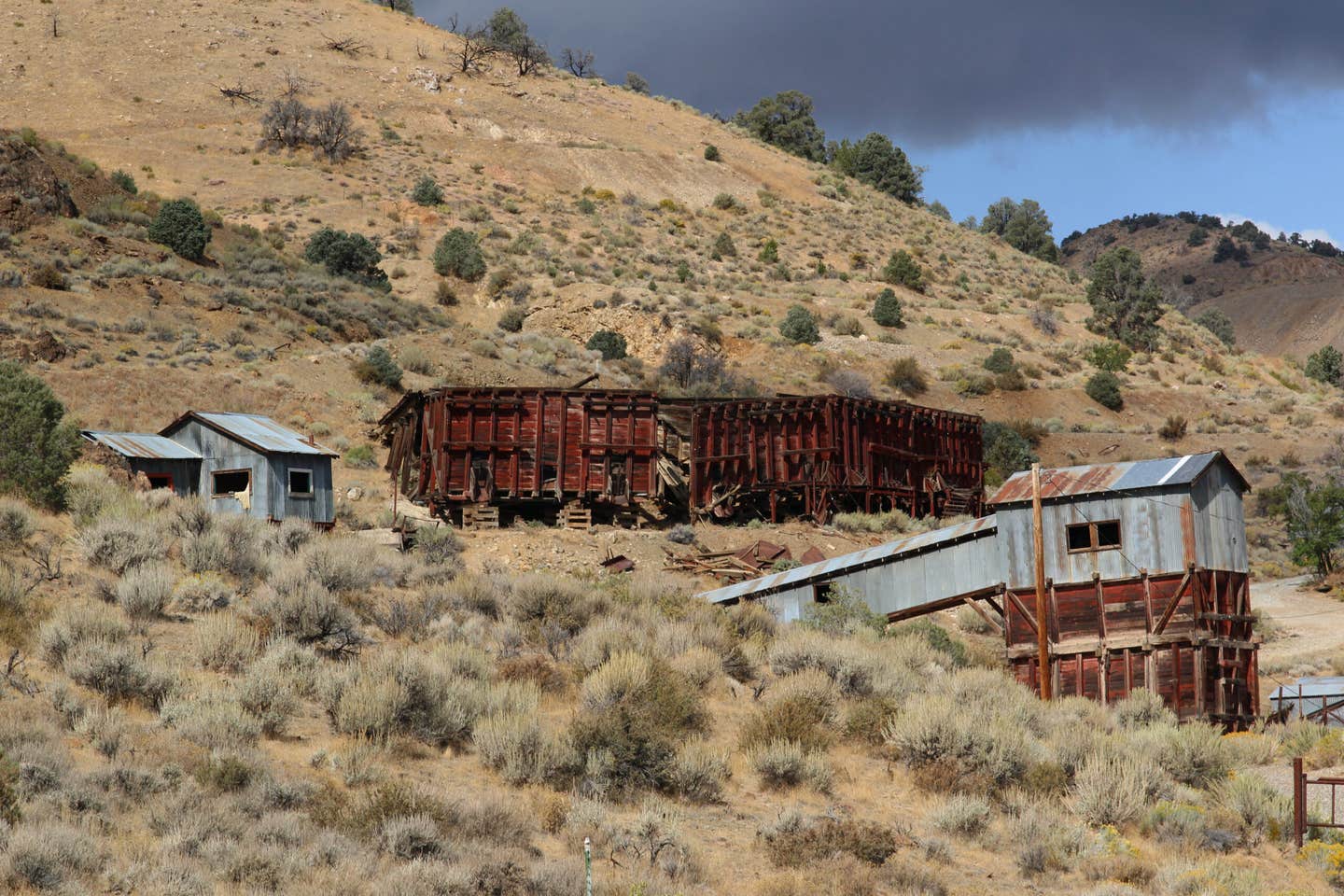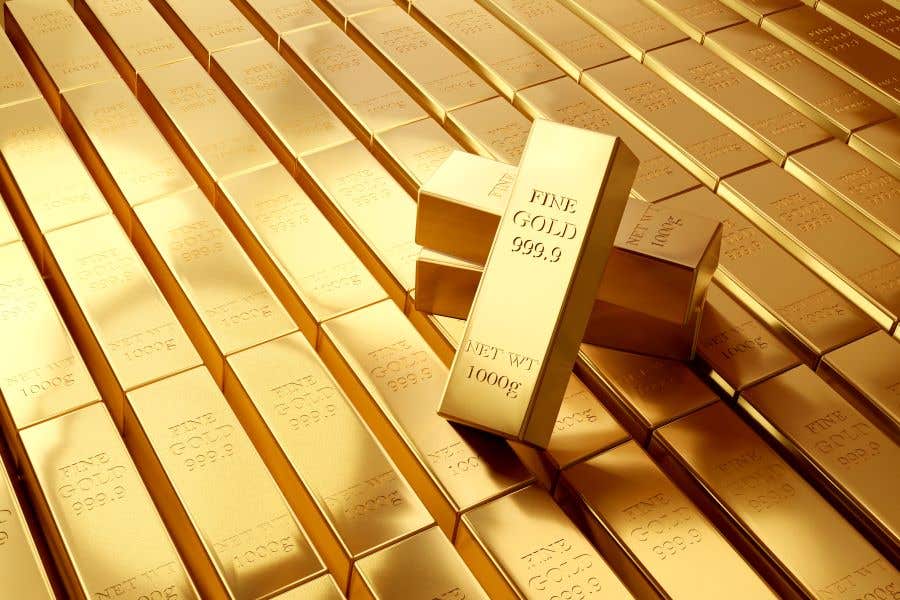CoinClinic: What is Cryptocurrency?
What do South Carolina’s never-minted coins and bitcoin have in common? More than you’d think.
Prior to federal coinage, post-colonial coins were struck for use in Connecticut, Massachusetts, New Hampshire, New Jersey, New York, and Vermont. Were there others that were proposed?
A South Carolina state coinage was proposed by Charles Borel in 1785. An ordinance was authorized for coins to be struck in pence, halfpence, shilling, and sixpence denominations, the halfpence to be struck “according to the standard of British half pence” and the silver shilling and sixpence to be “the same weight as English shillings and sixpence and contain an alloy proportional to that of the French crowns.” Borel’s 15-month coinage contract option expired without any coins having been produced.
Do we know why Borel failed to fulfill his contract to have coins struck for the state of South Carolina?
According to the writings of well-known early American coin collector Sylvester S. Crosby (1831-1914), Borel “proceeded to Europe and made a contract in Switzerland for the amount.” Borel went to Europe but failed to contract with anyone to mint the South Carolina coinage despite his letters to the South Carolina government claiming otherwise. It is known that Borel asked the privately owned Soho Mint in England to strike the coins, but Soho was already at its capacity with other contracts. A second attempt to procure coins made by John Hinckley Mitchell also failed.
Can you, in simple terms, explain what a cryptocurrency is?
A cryptocurrency is a digital asset purchased with real money but traded through a computer network using technology. The objective of this cyberspace money is to avoid being regulated or policed by a central force, such as a bank or government.
Did the Soho Mint ever strike coins for the United States?
The answer is “indirectly” yes. The early U.S. Mint was unable to produce good-quality copper planchets on which half cents and cents were to be struck. More than two-thirds of all cent planchets and virtually all half cents used between 1797 and 1837 were produced at Soho. Soho never struck coins for any of the individual states.
What is the difference between a meme coin and a cryptocurrency coin?
The value of a meme coin is based on how cute the meme name is, and its social media presence determines its value. Cryptocurrency is a digital rather than a physical currency. Its value is determined by its technical innovations or its underlying blockchain computer network.
Are cryptocurrencies collectible?
You can collect cryptocurrencies online but don’t anticipate mounting each example on a physical coin board. This isn’t physical money. Collecting cryptocurrencies will take some imagination and inventiveness since they are only tangible online.
I have several 2009-D Lincoln pennies that have very weak detail on the reverse, his face, the log, and the wedge. I was told by a dealer (the only dealer in the area) that these coins have no value other than face value, even though they were taken from rolls from the mint. Is this true?
Weak detail may have been caused by some grease in the minting equipment, very late die state strikings, or by someone altering the coins. Eye appeal becomes important with any error coin--the more visual the problem, the more likely someone might pay a premium for it. Your local dealer doesn’t believe he can resell them. Someone else might disagree.
You may also like:




